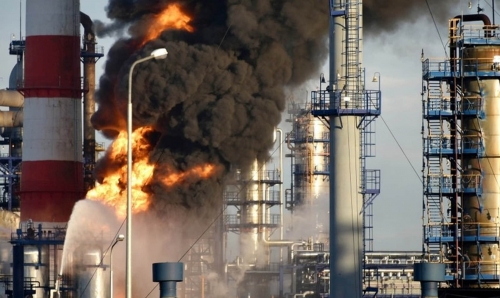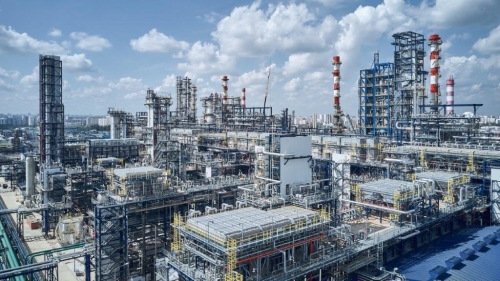Government intervention can make, or break, the prospects for gas, panellists at the launch of “The Future of Gas” report, on May 16 said.
While UK gas production is rising, Energy Flux’s Mark Simons said, the power sector is not a level playing field. “To try and resolve this question of markets and security of supply, you either have to get rid of carbon targets, or push those back into the future, which seems unlikely. Or you need to encourage more baseload [gas] generation through different incentive mechanisms. Markets for electricity don’t work, unfortunately, so subsidies are needed.”

Simons went on to explain that market failure, in his view, stemmed from government support for renewable power and energy efficiency increases.
“Security of supply is coming up the government’s agenda on the gas side,” said Nicola Pitts, National Grid’s head of gas market change. “We have been looking particularly at the LNG side and what would it take for people to bring gas to the UK. It’s not quick. You need a sustained price signal and several weeks to organise a cargo.”
A partner at law firm Addleshaw Goddard, Anna Nerush, highlighted the need for diversity of supply – a theme which has been recognised by some governments as critical, citing the example of China. Gas can be one strand of providing energy security, she said, highlighting the different sources – pipelines, shale and LNG – in providing diversification.
A question to the panel raised the possibility of whether shale gas discoveries – and even exports – might change the UK government’s position on decarbonisation targets for 2050. Pitts noted that the government was eager to support the domestic shale industry, as demonstrated by changes to planning laws, in part because of concerns over security of supply.
Nerush, though, expressed caution over the challenges of domestic shale production. “We’re unlikely to see shale gas production in the UK in the next decade or two. Policy is the right place to start but there’s a question of know-how and public opinion. It’s not as easy as taking the US model of exploration and exporting it to the UK; the geology is very different.”
Brexit
The question of the UK’s exit from the European Union recurred throughout the discussion. While connections to mainland Europe and Ireland will still exist after March 2019, “the uncertainty is about what the commercial regime and legal construct is,” Pitts said.
“The more we’ve dug into that, the more difficult it appears to be. Politics needs to play out first and my concern is that we may well run out time. We should not be complacent that it will all magically resolve itself.”
Simons noted the coincidence of Brexit with the likely closure of the Rough facility, which provides 70% of the UK’s gas storage.
In addition, he continued, long-term contracts for the interconnector with Belgium, which can supply as much as one quarter of the UK’s gas, expire in October 2018 and there is little appetite for booking more capacity, owing to the poor economics. “This will make the UK very vulnerable to cold winters and volatile gas prices.”
New resources
There are plenty of new gas resources, Simons said, predicting a second wave of US LNG projects. “US LNG is going to be difficult for other new projects, in places like East Africa. Qatar is well placed, given its resource abundance and existing trade links.
In the next few years, given the abundance of additional supplies, it’s hard to see new projects being approved.” The Energy Flux director cited the example of Total-backed Tellurian as one US LNG producer in the second wave of projects.
“Gas demand is growing, but it’s not growing fast enough, given the amount of new supplies coming on stream,” said Opportune’s Mauro Fiorucci, which is bringing pressure to bear on prices.
Opportunities can come from smaller, flexible supplies or projects that can access cheap resources with limited need for infrastructure – as seen in the US, Simons said. Another problem cited by him was the challenge of shorter contracts, which has deterred investments in new facilities. “Gas is a long way from the oil market; people are still unwilling to take long-term investments based on the spot market. Increased liquidity in the gas market over the next few years may give investors the confidence that they need.”
Fiorucci raised the possible involvement of portfolio companies as providing some certainty. “A global, and liquid, intermediary … could provide producers with the certainty that they need, in terms of long-term offtake contracts, and to the consumers the flexibility that they are looking for.”

%20(1).png)



